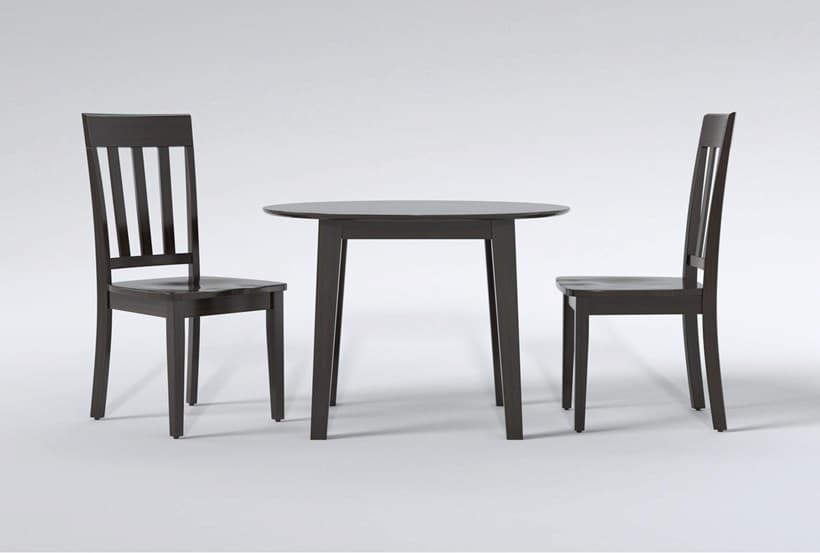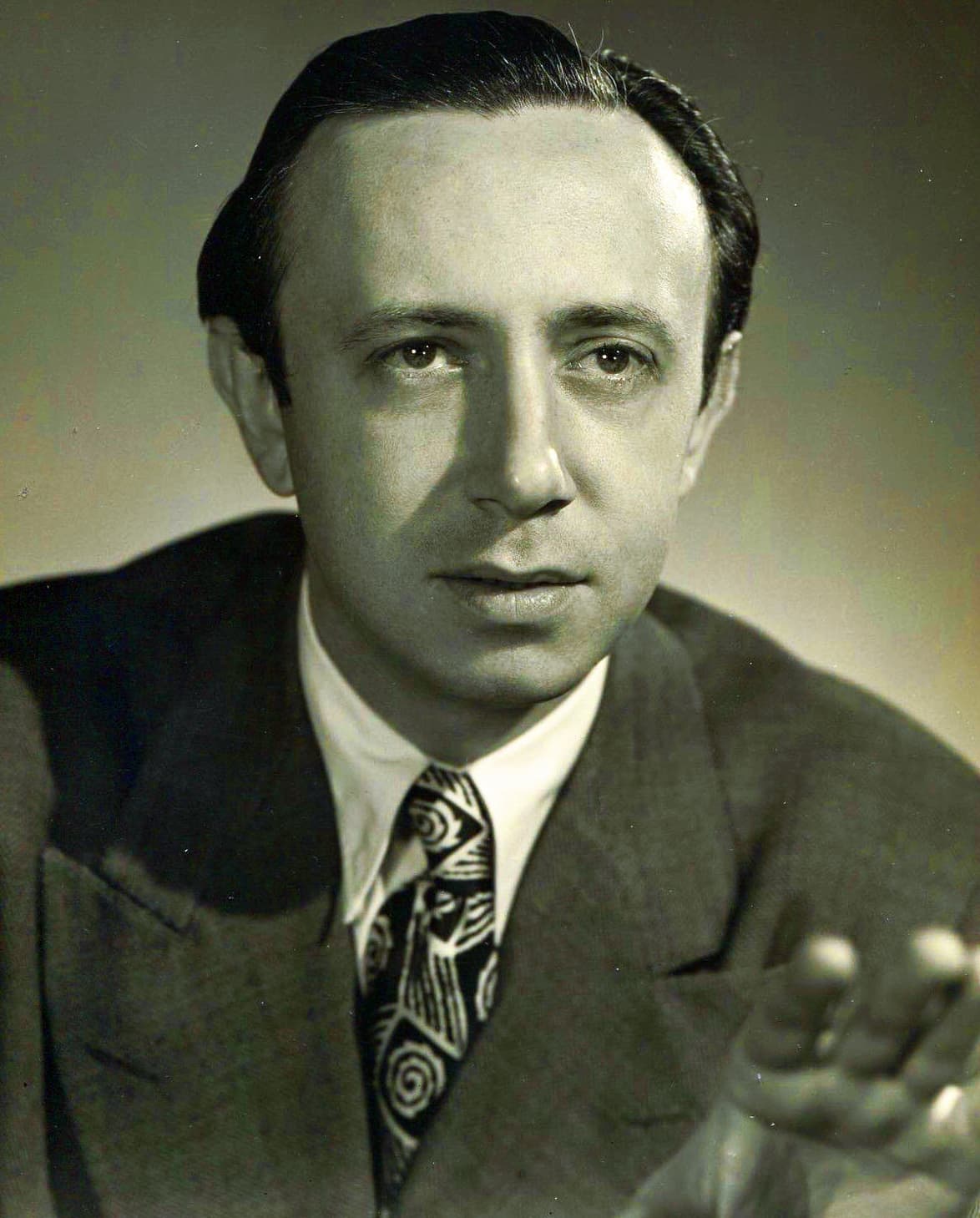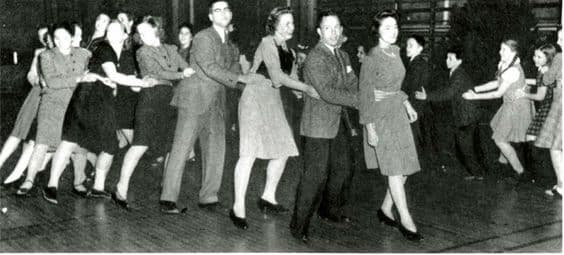The new interior designs of the 1930s, particularly in space-conscious New York, reduced the size of many rooms of the apartment and created the three-piece dinette (a table and two chairs) to replace the 8- to 10-seater dining table, with meals prepared in the kitchenette.

Three-piece dinette

Kitchenette
For the busy young professional who perhaps only really wanted a place to sleep and keep drinks, the kitchenette was perfect.
To match the new minimalist style, American composer Morton Gould (1913–1996) created the symphonette. According to Gould biographer Peter W. Goodman, “the title ‘symphonette’ was a clever attempt to Americanize and modernize the term ‘sinfonietta,’ linking it with such up-to-the-minute concepts as kitchenette and dinette”.

Morton Gould
The term is probably a bit too kitschy now, but it was an excellent opportunity for Gould, that ultimate master of both light and serious classical music, to create a genre that would appeal to a younger audience. The first three Symphonettes, which were ideal to fit the radio format, being around 10-15 minutes in length, were given names: American Symphonette (1933), Second American Symphonette (1935), and Third American Symphonette (1937). Out of those three works, it’s the second movement of the 2nd symphonette that has remained in memory.
On first listening, you might think it to be a work by Gershwin or even Bernstein, but it’s a bit too bluesy for either of them. The blue trumpet line is supported by a four-note pizzicato idea. The percussion part is played on drum set, the trumpets and trombones use cup mutes and lip slurs, and all in all, it’s more like a slide-y, slinky dance than a regular Renaissance Pavan. Gould’s spelling, ‘Pavanne’, was to ensure that radio announcers would pronounce the title correctly.
Morton Gould: Symphonette No. 2, “Second American Symphonette” – II. Pavanne (ORF Vienna Radio Symphony Orchestra; Arthur Fagen, cond.)
It was his fourth and final symphonette, the Latin American Symphonette, of 1941, where Gould took his new genre to new heights. Each movement is based on Latin-American dance forms: the rhumba from Cuba, the tango from Argentina, and the guaracha and the conga from Cuba.
The rhumba took its modern form in 1930 with the song The Peanut Vendor, and soon the rhumba craze took over American music. Rhythmic and playful, the movement contrasts muted trumpets with more lyrical alto sax and oboe melodies. Once combined, the two different styles pull against each other to keep the music moving ever forward.
Morton Gould: Symphonette No. 4, “Latin-American Symphonette” – I. Rhumba (ORF Vienna Radio Symphony Orchestra; Arthur Fagen, cond.)
The introduction of the guitar and the vastly slowed tempo bring us to the sensuous tango. Pizzicato strings, harp, and piano help take it out of the European mold. It’s reserved for a tango but also leaves a great deal to the imagination.
Morton Gould: Symphonette No. 4, “Latin-American Symphonette” – II. Tango (ORF Vienna Radio Symphony Orchestra; Arthur Fagen, cond.)
The guaracha works as the scherzo movement for Gould’s symphonette. The driving rhythms and constant eighth notes with syncopation take us back to the original idea of the scherzo as a funny movement, and, indeed, the guaracha was associated not with a particular dance step but with comic or satiric theatre in Cuba.
Morton Gould: Symphonette No. 4, “Latin-American Symphonette” – III. Guaracha (ORF Vienna Radio Symphony Orchestra; Arthur Fagen, cond.)
The final movement, a conga, took another Cuban dance that was wildly popular in the US at the time and brought it into the concert hall. One-two-three-kick, and they’re off.

Student Conga line, 1942
The use of vibraphone, marimba and other percussion underline the Latin American flavour. In the middle, a warm Latin night played by oboe and clarinet soloists with a guitarist gives us a pause in the action.
Morton Gould: Symphonette No. 4, “Latin-American Symphonette” – IV. Conga (ORF Vienna Radio Symphony Orchestra; Arthur Fagen, cond.)
The Conga would appear again in Leonard Bernstein’s musical Wonderful Town in 1953, where the sisters are entertaining the Brazilian sailors and dancing all over Greenwich Village.
Gould only wrote four symphonettes, but they were important in modernizing classical music in the 1930s and providing new material for that new medium of radio. It wasn’t until 1942 that Gould wrote his first full Symphony (rather than a symphonette).
For more of the best in classical music, sign up for our E-Newsletter
